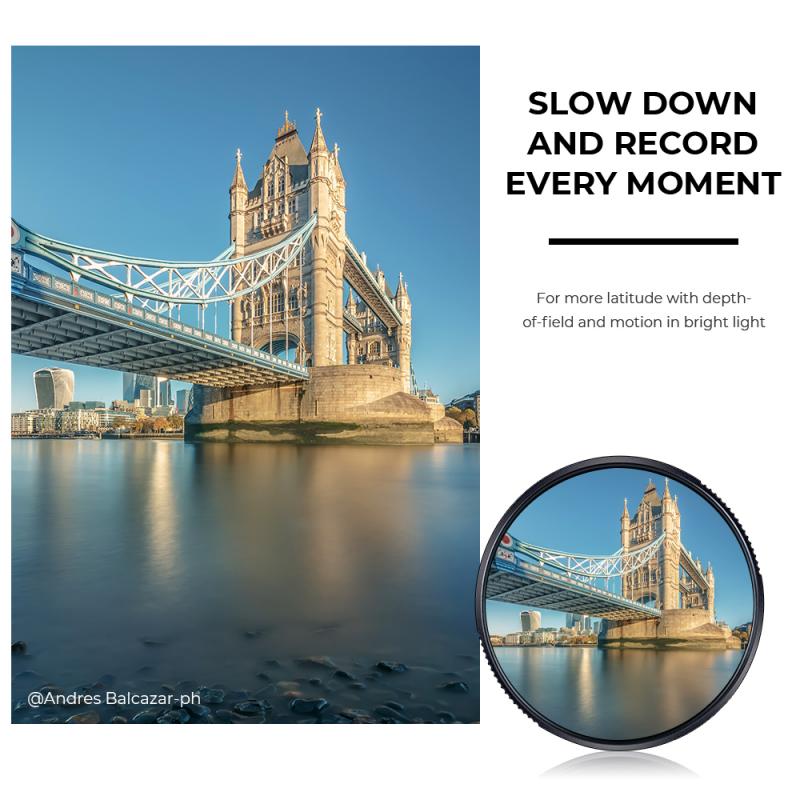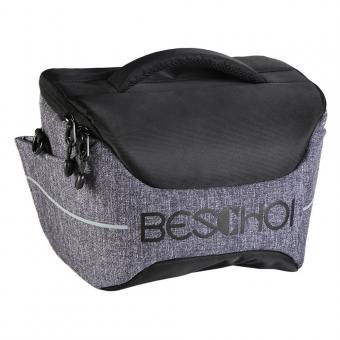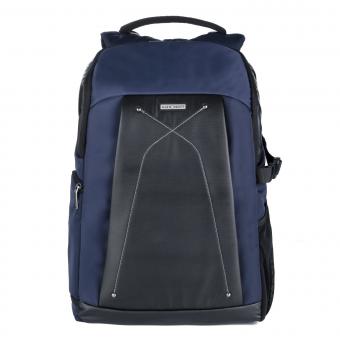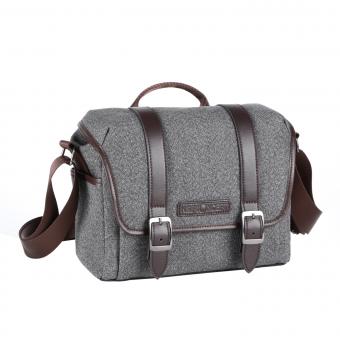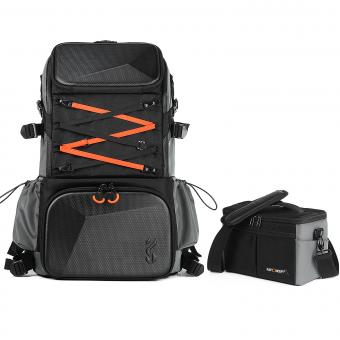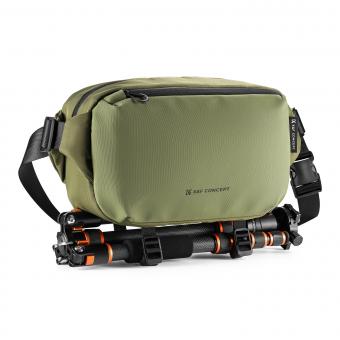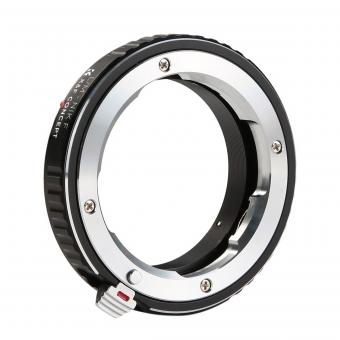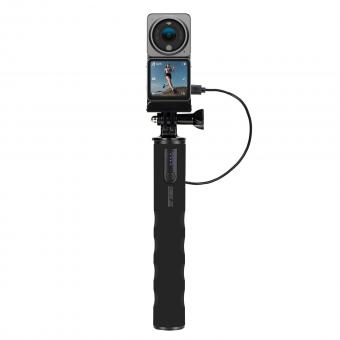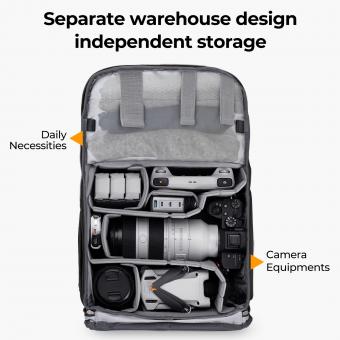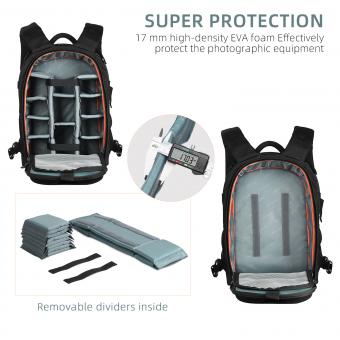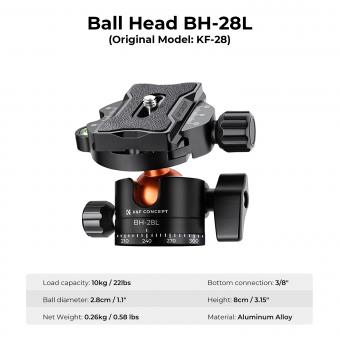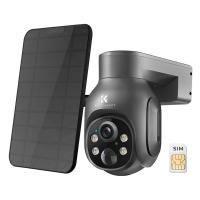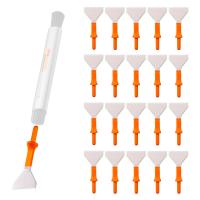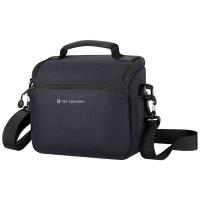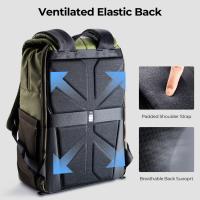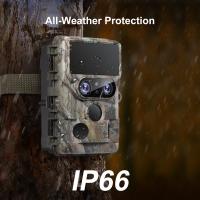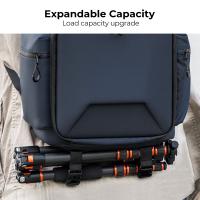How To Organize A Dslr Camera Bag ?
To organize a DSLR camera bag, start by dividing the bag into sections using padded dividers or inserts. Place the camera body in the center of the bag, with lenses and accessories on either side. Use smaller compartments or pouches to store memory cards, batteries, and cables. Keep the most frequently used items easily accessible. Consider using lens wraps or pouches to protect individual lenses. Utilize the side pockets or compartments for additional accessories like filters or lens cleaning kits. Make sure to secure everything properly to prevent any damage while on the move. Regularly review and update the organization of your camera bag to ensure it meets your specific needs and preferences.
1、 Equipment categorization and compartmentalization for easy access.
How to organize a DSLR camera bag? Equipment categorization and compartmentalization for easy access is key. When it comes to photography, having a well-organized camera bag can make a significant difference in your shooting experience. Here are some tips to help you keep your gear in order and easily accessible.
Firstly, categorize your equipment. Divide your gear into different categories such as camera bodies, lenses, flashes, filters, batteries, memory cards, and other accessories. This will help you locate specific items quickly and efficiently.
Next, invest in a camera bag with adjustable compartments. These bags usually come with padded dividers that can be rearranged to fit your specific gear. Customize the compartments according to your equipment categories, ensuring a snug fit for each item. This will prevent your gear from shifting around and potentially getting damaged.
Consider the frequency of use when organizing your bag. Place frequently used items in easily accessible compartments, while less frequently used items can be stored in the deeper or side pockets. This will save you time and effort when you need to grab something quickly.
Additionally, use protective cases or pouches for smaller accessories like memory cards, batteries, and cables. This will prevent them from getting lost or damaged and keep them organized within your camera bag.
Lastly, keep your bag clean and clutter-free. Regularly remove any unnecessary items or trash that may accumulate over time. This will ensure that you have ample space for your essential gear and maintain a tidy bag.
In conclusion, organizing a DSLR camera bag involves equipment categorization and compartmentalization for easy access. By following these tips, you can keep your gear organized, protected, and readily available for your photography needs.

2、 Padding and protection for camera and lenses.
When it comes to organizing a DSLR camera bag, one of the most important aspects is providing adequate padding and protection for your camera and lenses. This ensures that your gear remains safe and secure during transportation and prevents any potential damage.
To start, invest in a camera bag that offers sufficient padding and compartments specifically designed for camera equipment. Look for a bag with adjustable dividers that can be customized to fit your camera body, lenses, and accessories. This will help prevent any movement or collision between items.
When placing your camera body in the bag, make sure it is securely fastened and protected. Use a camera wrap or a dedicated camera case to shield it from scratches and impacts. Additionally, keep the lens attached to the camera body or use lens caps to protect the lens mount.
For lenses, use individual lens pouches or lens cases to provide extra protection. Place them vertically in the bag to minimize the risk of them rolling around or bumping into each other. Consider investing in lens wraps or lens sleeves for added cushioning.
Accessories such as memory cards, batteries, and filters should also be organized and protected. Utilize small pouches or cases to keep them separate and prevent any potential damage.
It is important to regularly clean and maintain your camera bag to ensure its longevity. Remove any dust or debris that may accumulate inside the bag, and inspect the padding for any signs of wear or tear. Replace or repair any damaged padding to maintain optimal protection.
In conclusion, organizing a DSLR camera bag starts with providing adequate padding and protection for your camera and lenses. By investing in a quality camera bag, using adjustable dividers, and utilizing individual cases or pouches, you can ensure the safety of your gear during transportation. Regular maintenance and cleaning will also help prolong the life of your camera bag and its protective features.
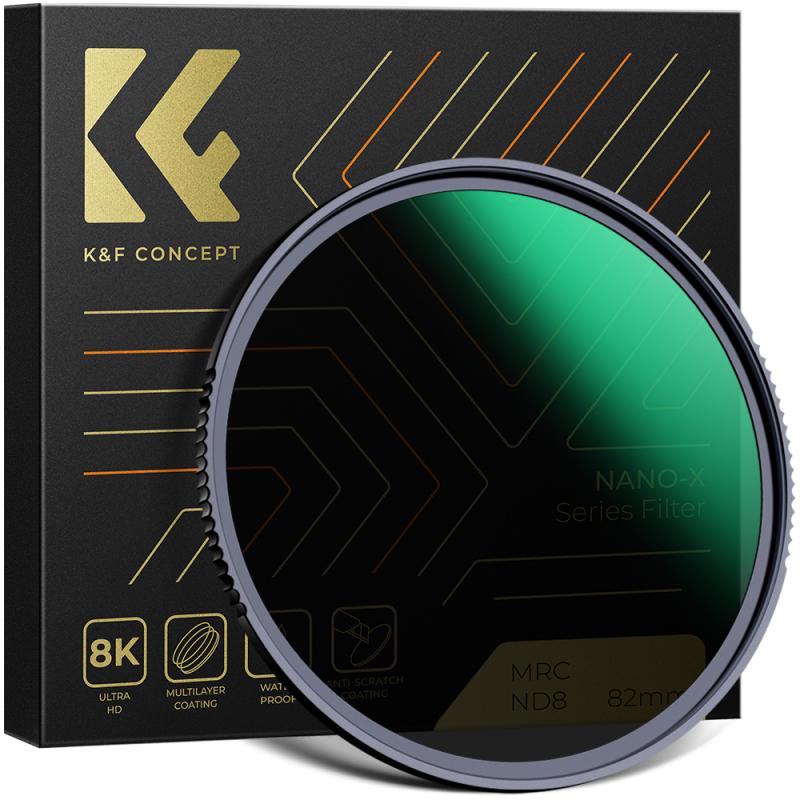
3、 Utilizing dividers and inserts for customizable storage options.
Organizing a DSLR camera bag is essential for photographers who want to have quick and easy access to their equipment while on the go. One of the most effective ways to achieve this is by utilizing dividers and inserts for customizable storage options.
Dividers and inserts are typically included with most camera bags, and they allow you to create compartments within the bag to fit your specific gear. These dividers can be adjusted and moved around to accommodate different-sized lenses, camera bodies, and accessories. By creating separate sections for each item, you can prevent them from bumping into each other and potentially getting damaged.
When organizing your camera bag, it's important to consider the frequency of use for each item. Place the items you use most often in easily accessible compartments, while less frequently used items can be stored in the deeper sections of the bag. This way, you can quickly grab what you need without having to dig through the entire bag.
Additionally, consider organizing your gear based on functionality or purpose. For example, you can group all your lenses together in one section, your camera bodies in another, and your accessories like batteries, memory cards, and filters in separate compartments. This will make it easier to locate specific items when you need them.
Furthermore, it's a good idea to label each compartment or use color-coded dividers to quickly identify the contents. This can save you time and frustration, especially when you're in a fast-paced shooting environment.
In the latest point of view, some camera bags now come with customizable inserts that have Velcro or hook-and-loop attachments. This allows for even more flexibility in organizing your gear. You can easily reposition the dividers or add/remove inserts to accommodate new equipment or change your setup.
In conclusion, organizing a DSLR camera bag using dividers and inserts is a practical and efficient way to protect your gear and have easy access to it. By customizing the storage options, you can create compartments that suit your specific needs and shooting style. Whether you're a professional photographer or an enthusiast, an organized camera bag will help you stay focused on capturing the perfect shot.
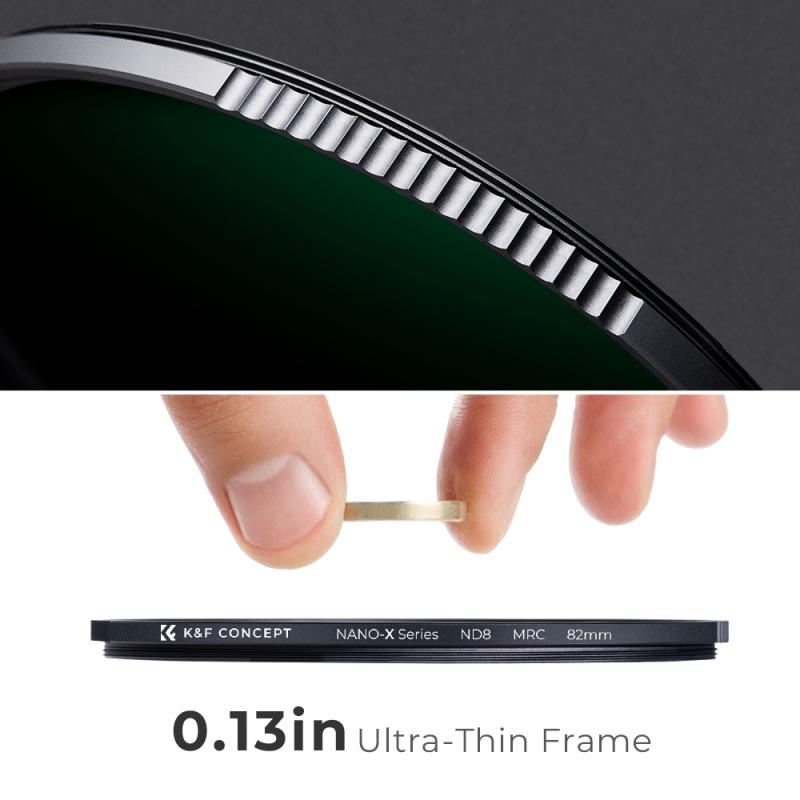
4、 Prioritizing essential gear and optimizing space efficiency.
When it comes to organizing a DSLR camera bag, prioritizing essential gear and optimizing space efficiency are key factors to consider. With the ever-increasing number of camera accessories available, it can be challenging to fit everything you need into one bag while keeping it organized and easily accessible. Here are some tips to help you achieve a well-organized camera bag:
1. Prioritize essential gear: Start by identifying the essential items you need for your photography style. This typically includes your camera body, a few lenses, extra batteries, memory cards, and a cleaning kit. These items should be easily accessible and well-protected within the bag.
2. Optimize space efficiency: Utilize the available space in your camera bag efficiently. Consider investing in padded dividers or inserts that can be customized to fit your gear. This will help prevent items from shifting around and potentially getting damaged.
3. Categorize and compartmentalize: Group similar items together and assign specific compartments or pockets for each category. For example, keep all your lenses in one section, batteries and memory cards in another, and cables and filters in separate compartments. This will make it easier to locate items quickly when you need them.
4. Consider the latest point of view: With advancements in technology, new camera accessories are constantly being introduced. Stay updated with the latest gear and evaluate if it is worth adding to your camera bag. Be mindful of the weight and size of new equipment, as it may impact the overall organization and balance of your bag.
5. Regularly review and declutter: Periodically review the contents of your camera bag and remove any items that you no longer use or need. This will help keep your bag organized and prevent it from becoming unnecessarily bulky.
Remember, the key to organizing a DSLR camera bag is to prioritize essential gear and optimize space efficiency. By following these tips and adapting to the latest point of view, you can ensure that your camera bag is well-organized, easily accessible, and ready for any photography adventure.
